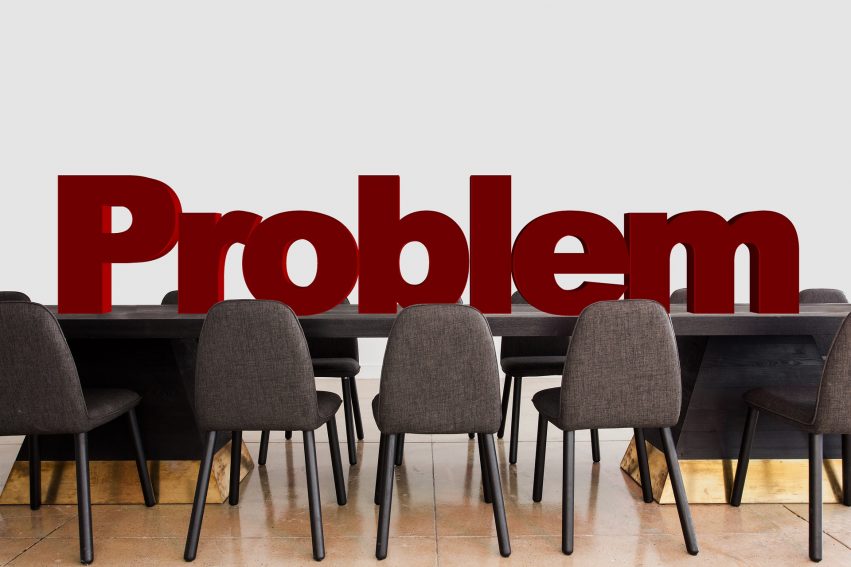
Chocolate Cake
My mother’s chocolate cake was the best ever. I miss it to this day and I’ve never seen, let alone tasted, the like since she died. It was a simple 444 Victoria Sponge with added cocoa and cooked in two tins. A layer of melted chocolate on one and then the other on top, iced with more melted chocolate. The chocolate cracked as the knife cut into the cake.
My mother was a good all-round cook, never afraid to experiment. The experiments didn’t always go well. This was signified by my father’s “I’ll be glad when I’ve had enough of this!”
I learned to cook and experiment too. I could mention deep fried lamb’s sweetbreads (never calves!) with home-made tartare sauce. One day I decided to surprise my mother by following a recipe I found for vanilla ice cream. It was very rich, made with several eggs and loads of cream. Then it had to be frozen, stirred and refrozen several times. We all sat down to sample it and it was vile. Not slightly off but inedible vile! My mother investigated and found that what I thought was vanilla essence was Friars Balsam! (It’s an expectorant and used on cuts and grazes. Tincture of benzoin.)
My Secondary School was High Storrs. Imagine a huge rectangular building with two central quads. When I arrived at the school in 1966, it was impossible to walk round the building inside because it was split into two halves, a boys school and a girls. Times were changing and a few years later we went co-ed and the doors were opened.
I wish I could say I enjoyed my time there. Bullying was unrelenting and brutal. I lived in fear for several years. The thing that puzzles me is why, given all this, when they announced boys could do domestic science, only one did.
I don’t remember much about it. Not what we cooked, who else was there (the girls probably viewed me as odd) or even how long I did it for. I risked further victimisation because I wanted to cook.
Why did I make this choice? I knew it would leave me further exposed and vulnerable and yet I chose to do it. I wish I could represent this as an act of courage but it seems to me now, all these years later that it served to further isolate me from others. I insisted on going my own way but at the same time I was terrified. My refusal to submit led to fear and isolation. And yet what other choice did I have?
Day 1/21 of my writing challenge. Every weekday, I shall publish a short piece of writing on my subject of solitude. The writings are based on a prompt from Megan Macedo, who leads the challenge. These are all first drafts with minimal revision. Please comment if you find these posts helpful. Previous is Isolation and Solitude. Next is Not Washing Up!







